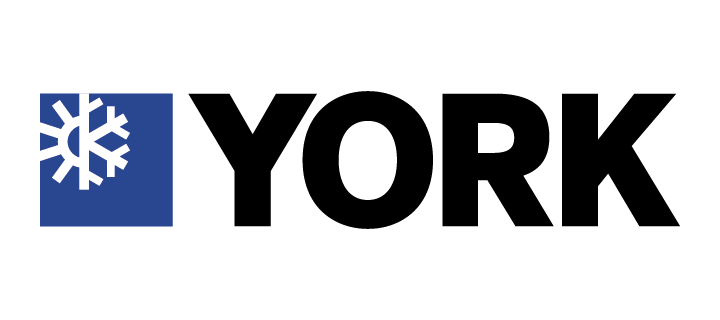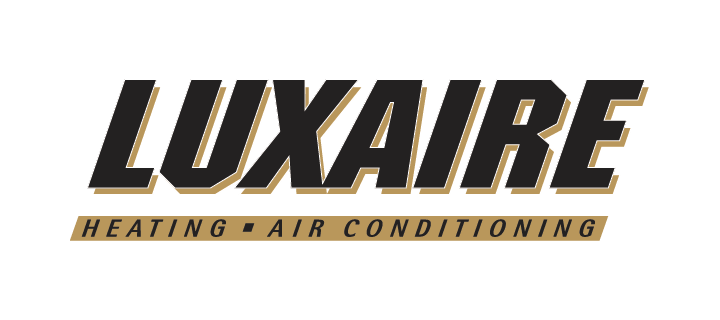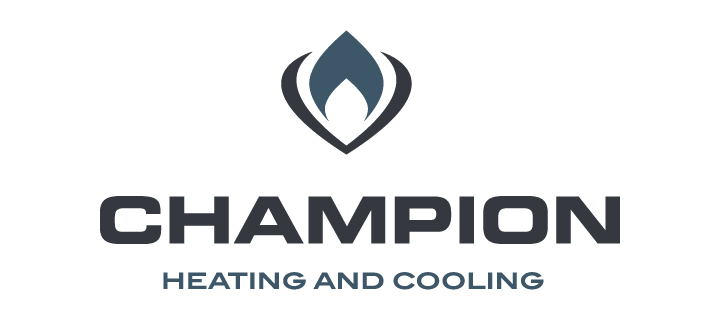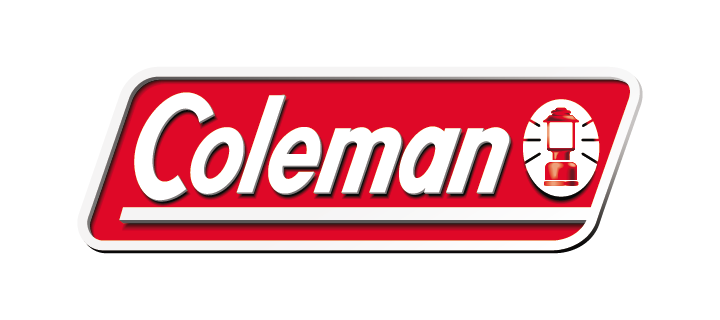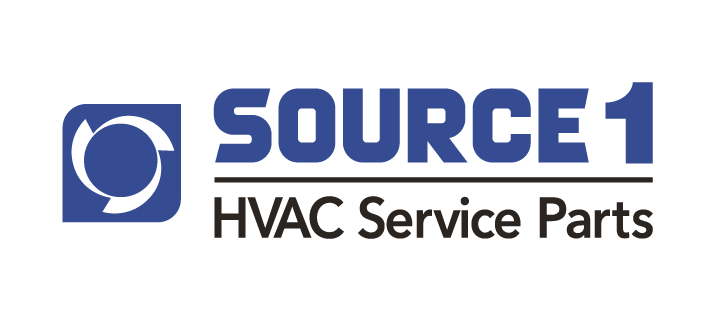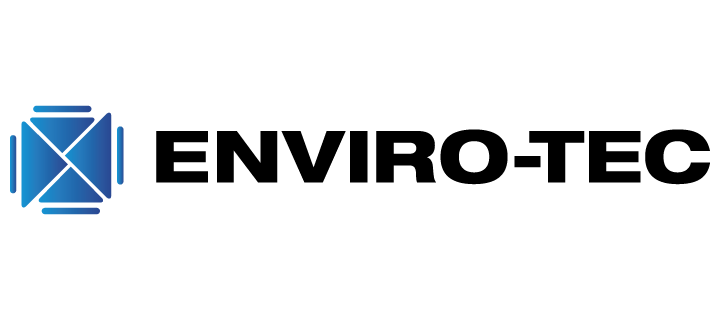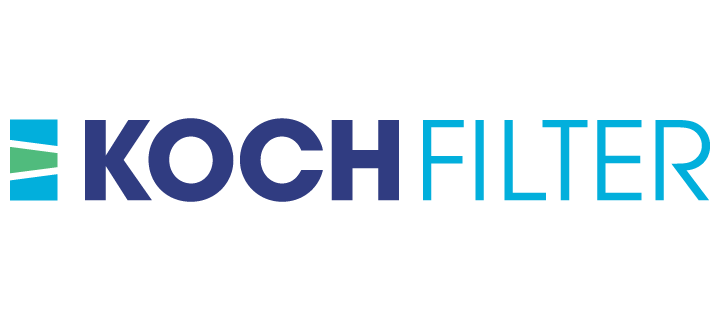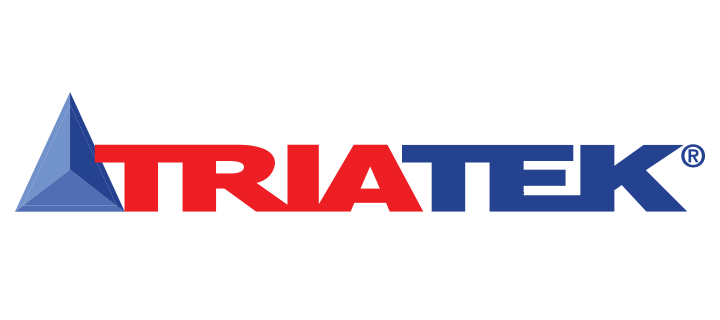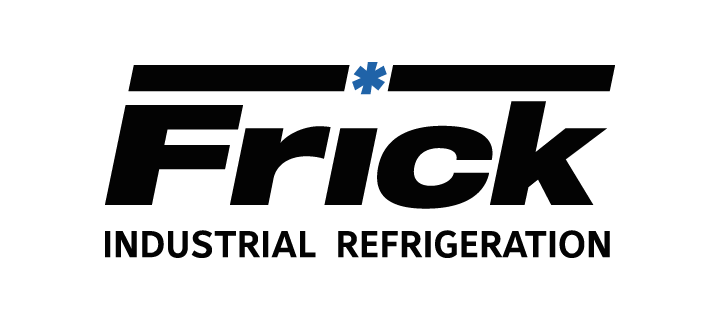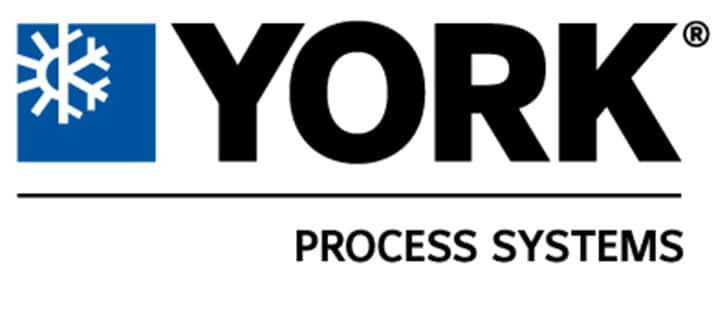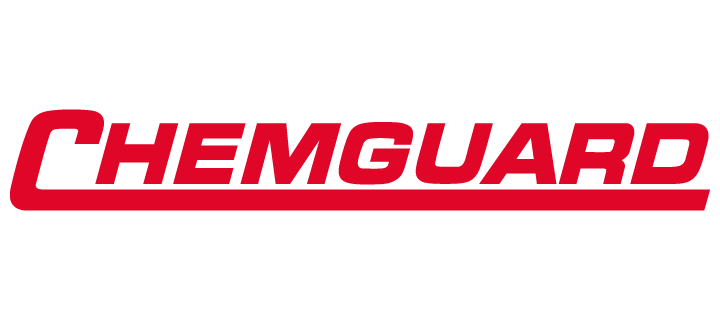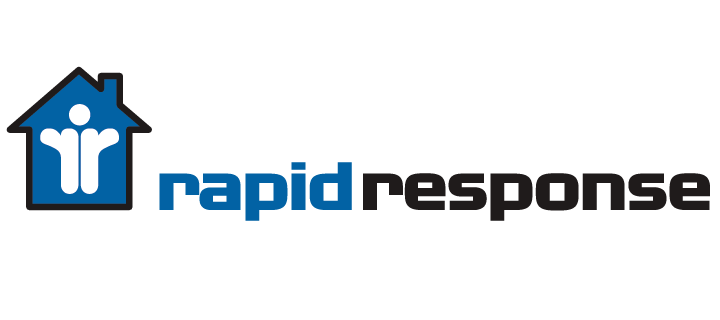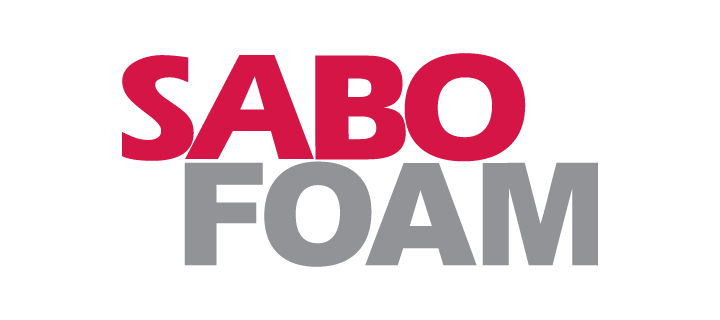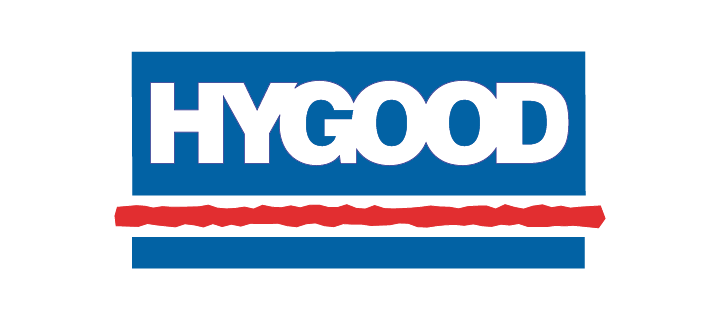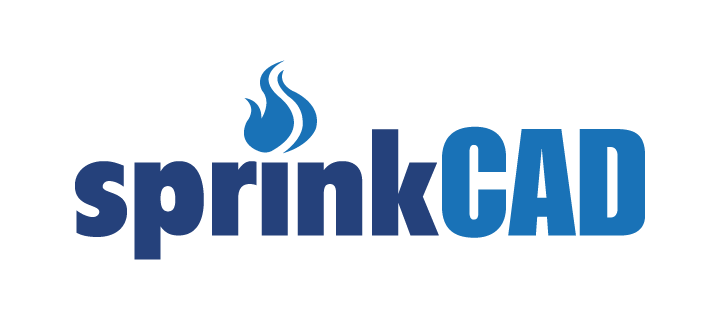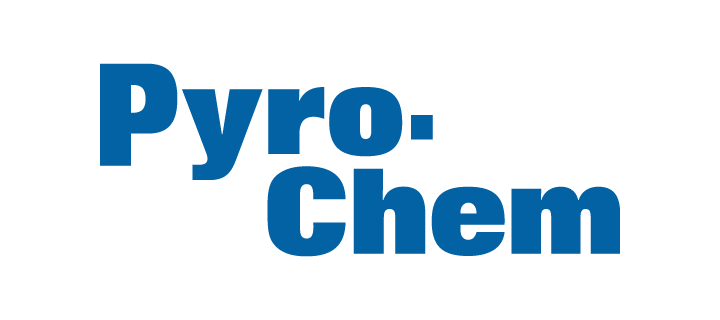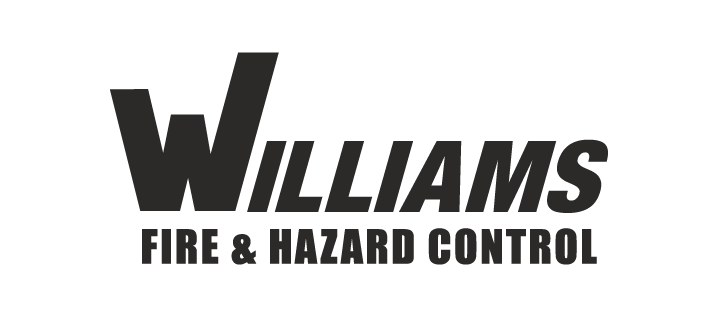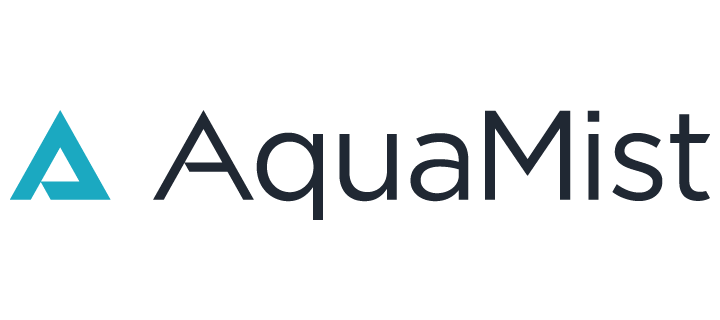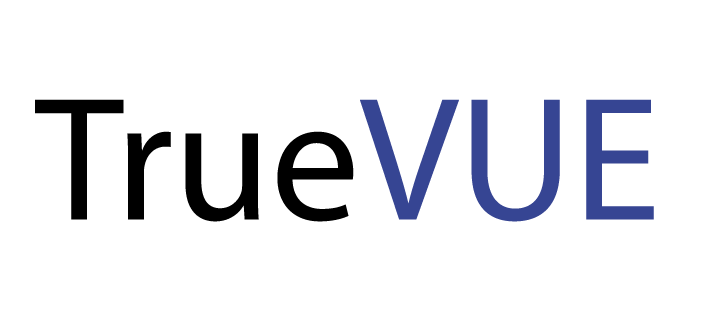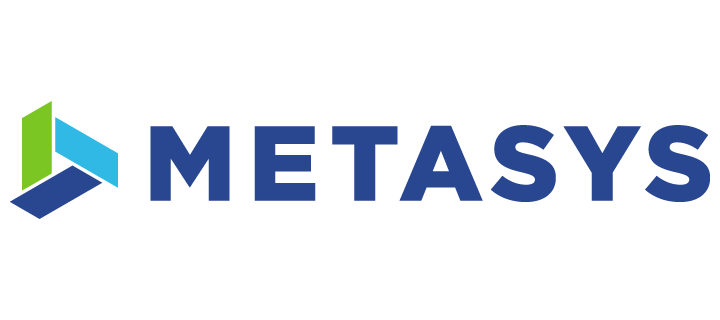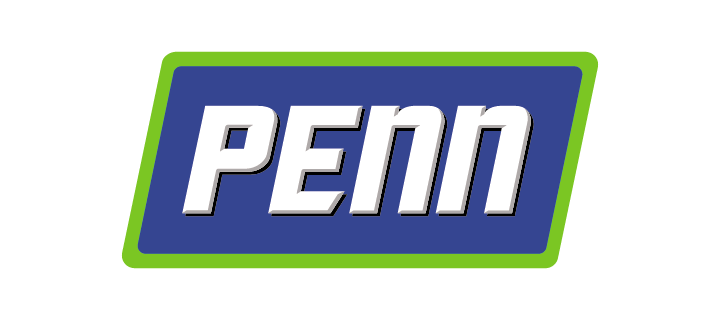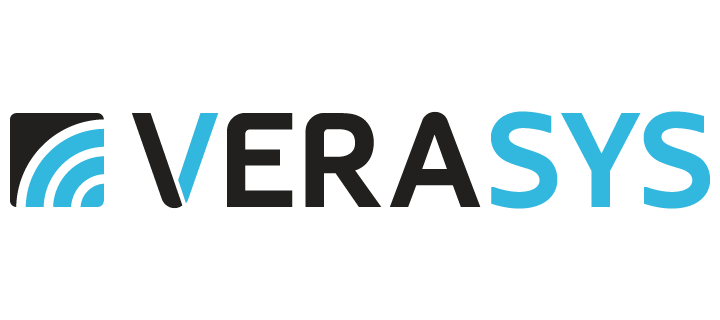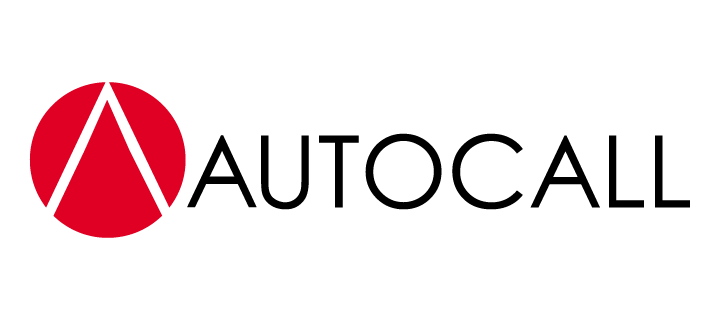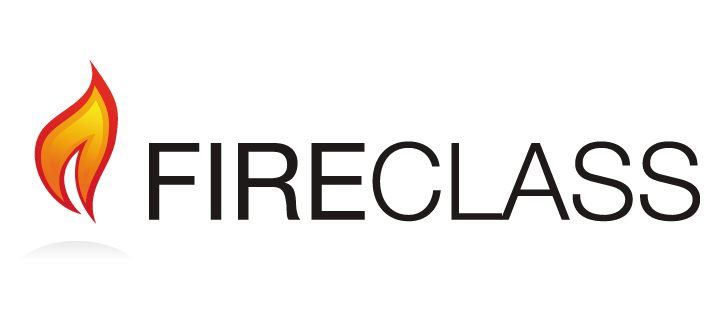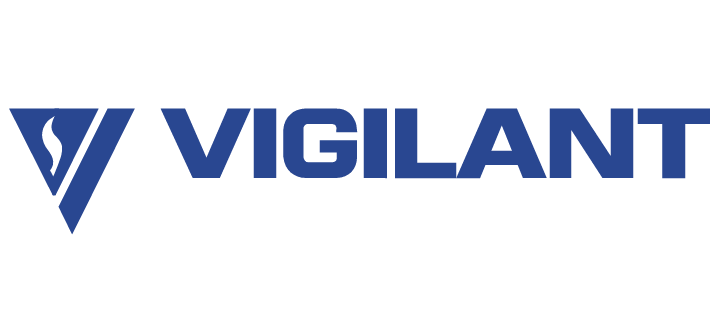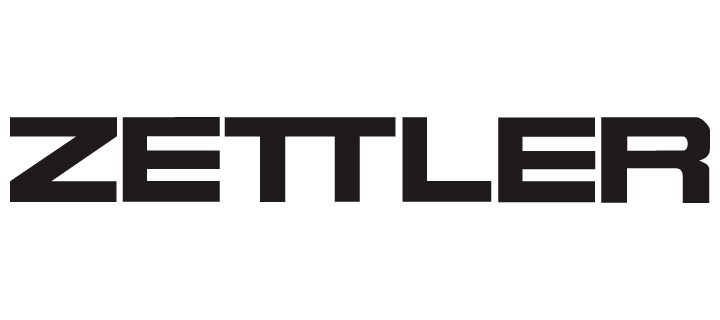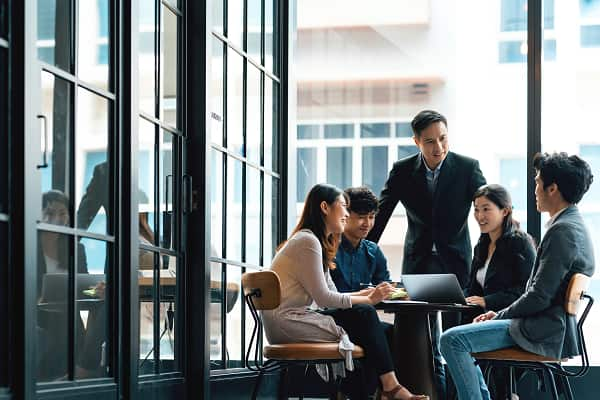Building Safe and Healthy Buildings
- What exactly are safe and healthy buildings?
Buildings are enclosed spaces where people occupy most of their daytime or waking time. When a building is safe and healthy, it is about how the building manages indoor air quality for the occupant’s health and safety. At Johnson Controls, we are the largest technology provider in the built environment space. For us, sustainable, healthy buildings are our goal and mission. Safe buildings are all about how comfortable and secure the occupants feel within the space, and how well the indoor environment is being managed. - Given that we are still in the midst of a pandemic, would air handling, airflow and ventilation be the things that are of greater priority among your customers of late?
Yes – the pandemic has made it clear that buildings contribute to the well-being of occupants. From a building owner’s perspective, there are three metrics that matter in this current environment: tenant satisfaction, emergency preparedness and indoor air quality. From that perspective, how the air within the building is managed and distributed is really an important factor. Air distribution becomes a key aspect when we talk about healthy building in this context of the COVID-19 environment that we are all in. - What kind of equipment does Johnson Controls produce that helps to keep buildings safe?
We have a broad range of products and solutions, depending on the occupants and owners of the buildings, and the strategies they need to put in place and deploy based on their risk management ambitions.
From a tenant satisfaction perspective, we also have solutions around how the spaces can be managed dynamically. The whole way of looking at how seating is done within an office has changed because of the requirements for social distancing and the need to manage the spread. There are two ways this can be applied:
- Dynamic spaces and applications where the occupants within the building can dynamically decide the seating arrangement.
- The other application is reducing contact and reducing infection by providing solutions around touchless access, as well as temperature screening solutions that connect to the overall building information system.
The way buildings are operated has also changed because of the pandemic. One of the areas where we provide consulting and advice to our clients is on how we can flexibly manage the facilities. While it was just around energy and sustainability previously, it is now around emergency mode – how do we create isolation areas and how we flush the building with clean air should there be a risk of infection. These are the solutions that we consider as we work with our customers and create these strategies for them. - Have you seen a spike in potential and existing customers approaching Johnson Controls for your products and solutions, especially in the last year going into circuit breaker and again before April when Singapore was allowed to have up to 75% of workers returning to the office?
Yes, and this is consistent across the board. We are seeing increased awareness around healthy environments and healthy buildings. We are also receiving a lot of enquiries from Singapore and across the Asia Pacific region on how we can help our clients create strategies to further minimize the risk. We will never be able to eliminate the risk totally, but we can reduce the factors that contribute to the risk, whether through ventilation, filtration, disinfection, how occupants are managed within the space, or how the facilities are operated. The awareness of healthy buildings is picking up, and we can see this demand continuing for the next three or four years. - Has Johnson Controls come up with new products or solutions specifically for disease mitigation as a result of the pandemic, and if so, what are they?
We have a broad suite of solutions but no single product that will solve the risks within buildings. What buildings require are a combination of products, from the new sensing technologies that we are building around indoor air quality to our digital platform that we are leveraging to manage how occupants occupy space. There is also an existing suite of products such as temperature screening products, touchless access control systems, ventilation, filtration and disinfection products which are all critical when people occupy a building and making it a holistic environment. The approach that we need to take to mitigate risk is also holistic, as many factors come into play on how the indoor environment is managed for risks. - With regards to 50% of staff being allowed back in the workplace, does that change how existing customers have to react to such changes in terms of technology and how products continue to function, with reduced people in the workplace?
Buildings are generally designed for a set of occupancy that creates the heat load in the building for managing thermal comfort. What we have seen with the pandemic in this environment is the shifting of occupancy levels. The percentage of staff allowed back to the workplace has changed from 50% to 75%, then back to 50%. It's about how we look at managing the resources within the buildings that consume energy and how we create dynamic controls within buildings that automatically tune themselves to occupancy levels.
To achieve that, we need technologies to come together, starting with the security system that looks at the people and space, where there are densities and where there are fewer people – all of this requires a holistic view as we develop the strategies to dynamically change the building operations.
The strategies that we advise our clients boil down to two aspects: how we manage risk and how we manage the dynamic changes of occupancy that create dynamic load environments within buildings. - Would flushing buildings with clean air and creating isolation areas be possible to implement in existing buildings, where the ventilation systems might be quite old?
Yes, especially in Singapore where buildings are built up to a very high standard. The simplest strategy to create a clean environment is to have 100% fresh air from outside flushed into the building. However, to do that, we would require more energy to cool the building down. Generally, buildings tend to recirculate air within the space to minimize the energy intensity of that building. In light of the pandemic, there is a tug-of-war on energy efficiency and the requirement for fresh air. The balance requires an understanding of how the space is utilized, whether it's a retail outlet or commercial building, an office building or a hospital – these require different strategies on how the indoor air is managed.
Existing buildings within Singapore have the ability to dynamically decide how much fresh air needs to be taken in and flushed into the building. The other emerging strategy is to time when the building occupancy is low and flush the entire building with fresh air to remove all the contaminants. Filtration plays a very important part in this process. The easiest fix to significantly reduce risk of infection within buildings is upgrading the filtration system in the air distribution units to a much higher filtration level that captures the necessary contaminants before the air is thrown in space where people are occupied. - How do you think the pandemic will continue to impact building design standards, the sort of requirements that may be expected of building owners and how they are constructed?
COVID-19 has put a spotlight on the role that the built environment plays in terms of our health. There is a growing prominence of ESG, in financial decision-making that will transform the real estate sector. Under the social aspect of ESG, the health and well-being of occupants is becoming an important aspect, which will change the way people think about how buildings should be designed. There are two aspects to how buildings are going to be designed; the systems that go into the building, which needs to be flexible to manage events like a pandemic or an outbreak, and occupant well-being which is gaining prominence. The World Health Organization and United Nations have recently completed a study that indicated that overall health and well-being is an important factor when tenants decide whether they want to occupy buildings. This will be a trend where future buildings will be far more ready and far more flexible than they are today. There will also be a balance between the choice of technologies we will take into the building that will not only conserve energy but also ensure that the people within the buildings are actually taken care of so they have peace of mind when they enter the building for their work or leisure. - Will it be more costly to install and use such ventilation systems?
It's not so much about cost, but more about the payback. There are governing bodies that are now working towards certifying buildings for health and wellness. That will attract premium tenants who will occupy those buildings and fill in demand for the building’s overall health. There are existing technologies that can be used with a combination of designs that are going to play a part in this process. The value of healthy buildings definitely will go up.
You may be interested in
Healthcare
Our integrated healthcare solutions enable facilities to meet the challenging security needs and help to provide better service to their patients.
Solutions and Strategies for Re-Entering Your Building
As you prepare to re-open buildings for employees and visitors, steps should be taken to ensure the environment is safe and able to maintain healthy business operations.
Healthy People, Healthy Places, Healthy Planet
Swarup Biswas, Vice President, Customer Solutions and Portfolio Growth, APAC, talks about the future of urban living in the face of COVID-19 and social distancing.


